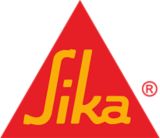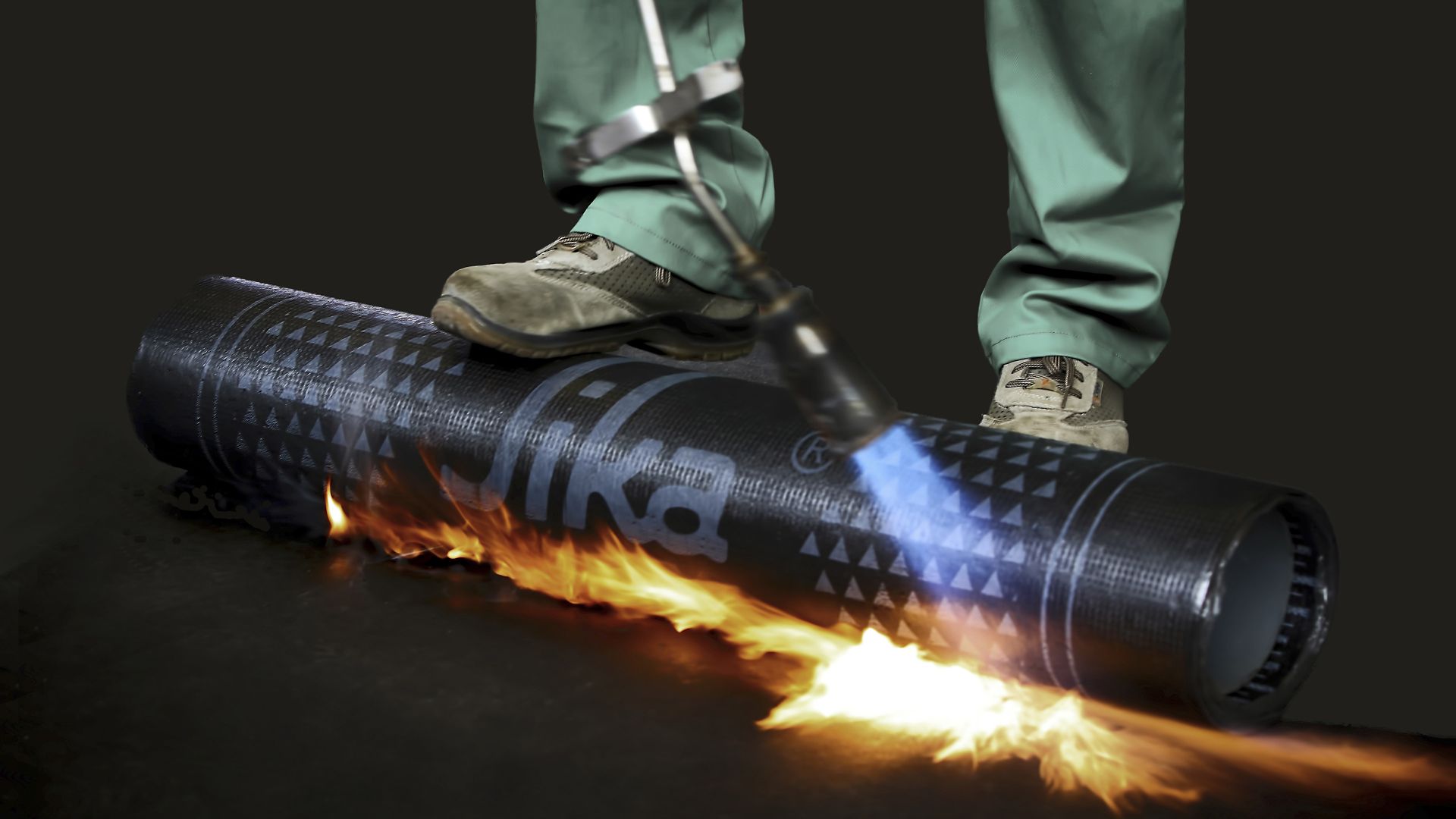Bitumen, also known as asphalt, is a sticky, black and highly viscous liquid or semi-solid form of petroleum. Thanks to its waterproofing qualities, it is widely used in construction. Bituminous membranes are perfect for waterproofing roofs, basements, below-ground structures, bridges and other structures.
Explore Our Bitumen Technologies
SIKA INDEX MEMBRANE PRODUCT RANGE
VIS Polymer-Bitumen Waterproofing Membrane
TOPGUM Polymer-Bitumen Waterproofing Membrane
Defend AntiRoot Polymer-Bitumen Waterproofing Membrane
Testudo Spunbond Polymer-Bitumen Waterproofing Membrane
fidia polymer-bitumen waterproofing membrane
HELASTA POLYESTER-bitumen waterproofing membrane
Build-Up of Sika Bituminous Membrane
Bituminous membranes are a versatile technology. The correct combination of raw materials and layers can offer a variety of performance and durability aspects, therefore allowing it to be used in a wide range of applications. This is just one example of the build-up of bitumen membrane.
- Retaining walls, basements and below-ground structures
- Flat roofs under protective layers of ballast
- Balconies and terraces under tiles
- Wet areas
- Underground car parks
- Bridges
- Raft slabs and foundations
- Protection of various substrates in a wide range of applications
- Fully-bonded system
- Resistant to the most extreme weather conditions
- Ease of maintenance
- Excellent mechanical properties
- High resistance to mechanical damage and punctures
Select the Correct Index Bitumen Membrane for Your Roofing and Waterproofing Application
Bituminous Waterproofer Coatings
Bitumen, cold-applied, liquid-applied membranes are the perfect solution for seamless, fully-adhered and safe systems. They are polymer-modified bitumen emulsions which require no torch or flame to be applied. They are available as water-based or solvent-based coatings.
Main Uses
- Below-ground areas facing ground moisture, such as foundations
- Wet areas
- Renovation projects
- Detailing
- Typically used for residential and industrial buildings
- As an adhesive to bond lightweight thermal insulation
Advantages
- No torch needed
- Fully-bonded, seamless system
- Crack-bridging capability
- Safer, faster installation

